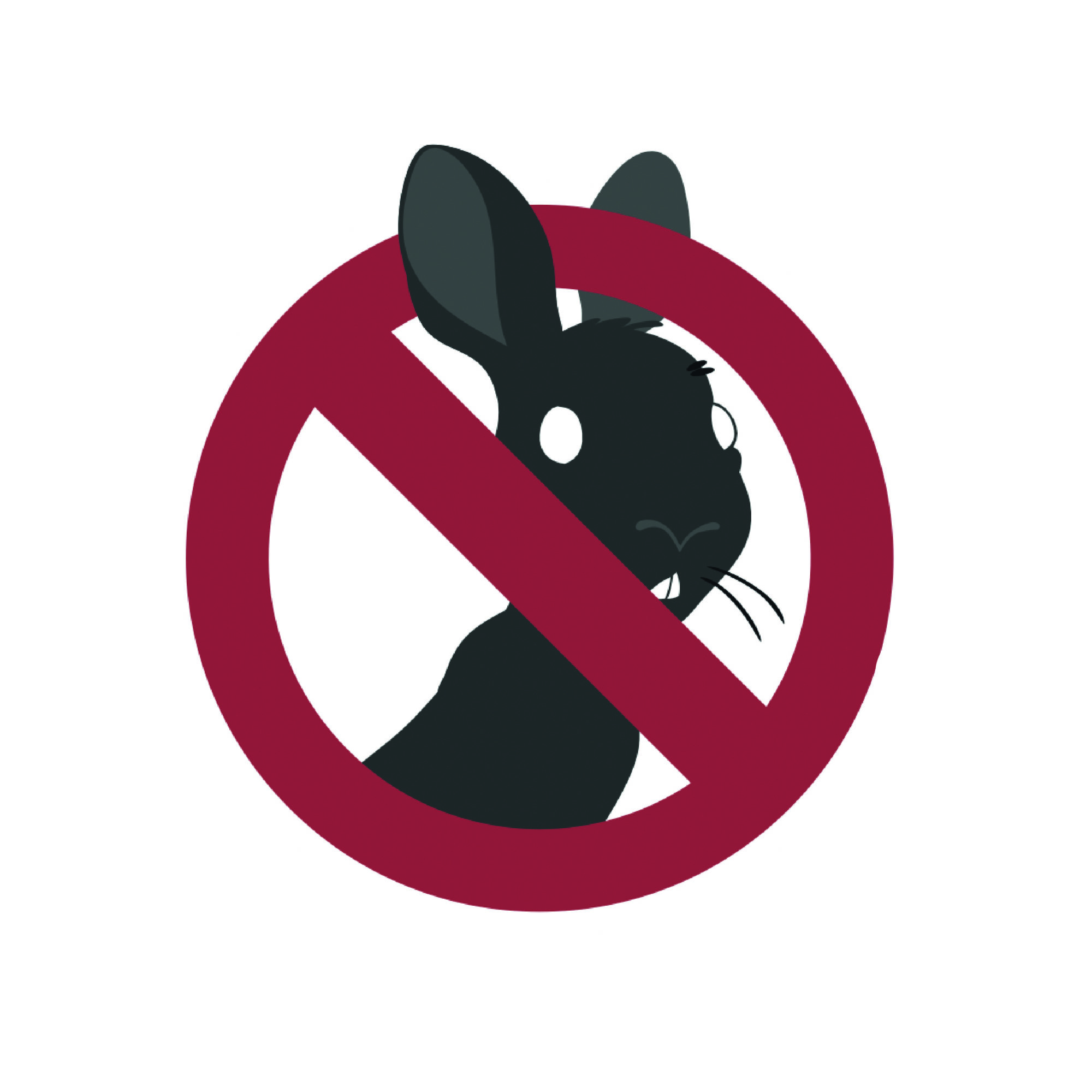Online encyclopedia Te Ara: The Encyclopedia of New Zealand outlines the history of rabbit control in New Zealand.
The first Rabbit Nuisance Act was passed in 1867, and there have been many more Acts since.
The 1881 Act established a system of rabbit inspectors.
The 1882 Act increased their powers.
Inspectors came under the authority of the Department of Agriculture after it was set up in 1892.
Rabbit control was one of the department’s major functions, accounting for a quarter of its budget in 1895.
By 1946, there were more than 100 rabbit boards administering rabbit control over 7.3million hectares.
The Rabbit Nuisance Amendment Act 1947 required all rabbit boards to adopt a “killer policy” — their priority was to kill rabbits, almost regardless of cost.
It restructured the rabbit control system, setting up a central advisory body, the Rabbit Destruction Council, which consisted of farmer and government representatives.
It made rabbit board staff responsible for all organisation and operation of rabbit destruction, funding for which came from rates charged to landholders based on the area of their properties or the number of stock carried.
The funds from rates were paid to locally elected rabbit boards, and were subsidised by central government on a pound-for-pound basis.
At the same time rabbits were to be progressively de-commercialised.
By the 1970s there was a drop in rabbit numbers, but the control costs were high.
In 1980 the government changed its funding from by then a dollar-for-dollar subsidy to a lump sum payment, to be reviewed annually.
Then in 1984 a “user pays” policy was adopted, and the government’s contribution was progressively withdrawn.
In 1989 newly formed regional councils took over the role of pest control and rabbit boards were disbanded.
Coincidentally, at the same time, a long drought in Marlborough, Canterbury and North and Central Otago led to an explosion in rabbit numbers.
The Biosecurity Act came into force in 1993. Since 1996, when the first regional pest management plans were implemented, the Biosecurity Act has provided the mandate for pest management now used across New Zealand. The Biosecurity Act puts the responsibility for pest management on the land occupier — landowners contribute to pest problems and landowners also benefit from pest control operations.


